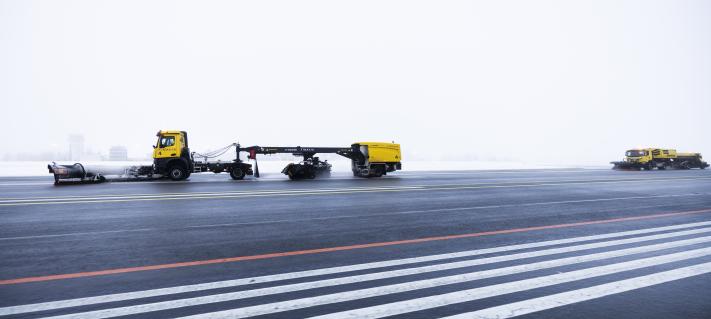Helsinki Airport is about to implement an internal location system, adding a digital element to many passenger services and providing data for the analysis of traffic flows.
The system will be rolled out gradually from October 2014. The services enabled by the new system are going to cover the entire terminal area, which makes Helsinki Airport the world’s first airport to implement an internal location system with such a scale.
'The data provided by the system will enable us to speed up passenger flows during the busiest times and to help our passengers find the best routes to their gates or various services. The main aim is to improve the passenger experience,' explains Finavia’s Heikki Koski, Vice-President for Passenger Management.
For the most part, the system will enable analysis of the movements of passengers at an anonymous, group level, but individual passengers agreeing to let the system use their location data will receive personal guidance and tips directly on their mobile devices.
Less queuing and more services
The system truly shines when the customer has a long walk through the airport and must pass through several points or undergo mandatory checks.
A good example involves a passenger entering the airport; going through the check-in, security check, and passport control; and then proceeding to the gate. It could also benefit an anonymous transfer passenger landing at Helsinki Airport and then walking from arrival gate to departure gate.
'Better analytics and additional data allow us to make the passenger experience smoother and faster by, for example, reducing queuing times at security checks and passport control,' Koski continues.
Also, individual passengers can be given advice on how to use their time at the airport as pleasantly as possible, or they can be guided to the right services at the right time. For instance, a passenger who has about an hour between flights can, without worrying, use it for a meal or getting some rest instead of queuing.
'All passengers, of course, can decide how best to spend their time at the airport. Our aim is to make sure they don't need to make these choices while under stress or unsure about things, so that they can enjoy a smooth and pleasant travel experience throughout,’ says Koski.



